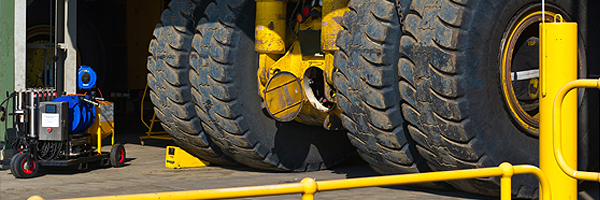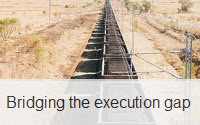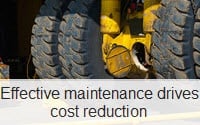
Key to any mining operation, the maintenance function is what sustains a high level of productivity. Without it, trucks would break down and machinery would fail – potentially costing a company millions in repairs and lost productivity. By the same token, a poorly managed maintenance program can have the same expensive consequences.
The process of developing a standard of excellence in maintenance can be challenging. There are many potential pitfalls mining executives must successfully navigate before deeming such an initiative a success. However, an effective maintenance program can drive cost reduction.It plays an important role in the improvement of asset utilization as a means to reduce capital expenditures.
Next steps to begin reducing costs are as follows:
- Increasing uptime and reliability of assets – This involves a more proactive, condition-based approach to asset maintenance. Reactive or time-based maintenance programs run a higher risk of premature asset failures.
- Lowering maintenance costs – Eliminating waste and non-value added activities can save mining companies a significant amount of money. Increasing the “wrench time” of skilled technicians will increase the efficiency of the workforce while lowering the need for overtime.
- Managing risk/improving safety – Frequent safety audits in critical areas of the business can mitigate risk. Mining organizations must adhere to national and international regulations or face significant fines for non-compliance.
- Investing in people – Excellent training is what sets people up for success in any business. A significant amount of time and money is spent on training, so people must be given every opportunity to succeed. Workers that defect to a competitor equates to losing money
You may also like...
 |
 |
 |
